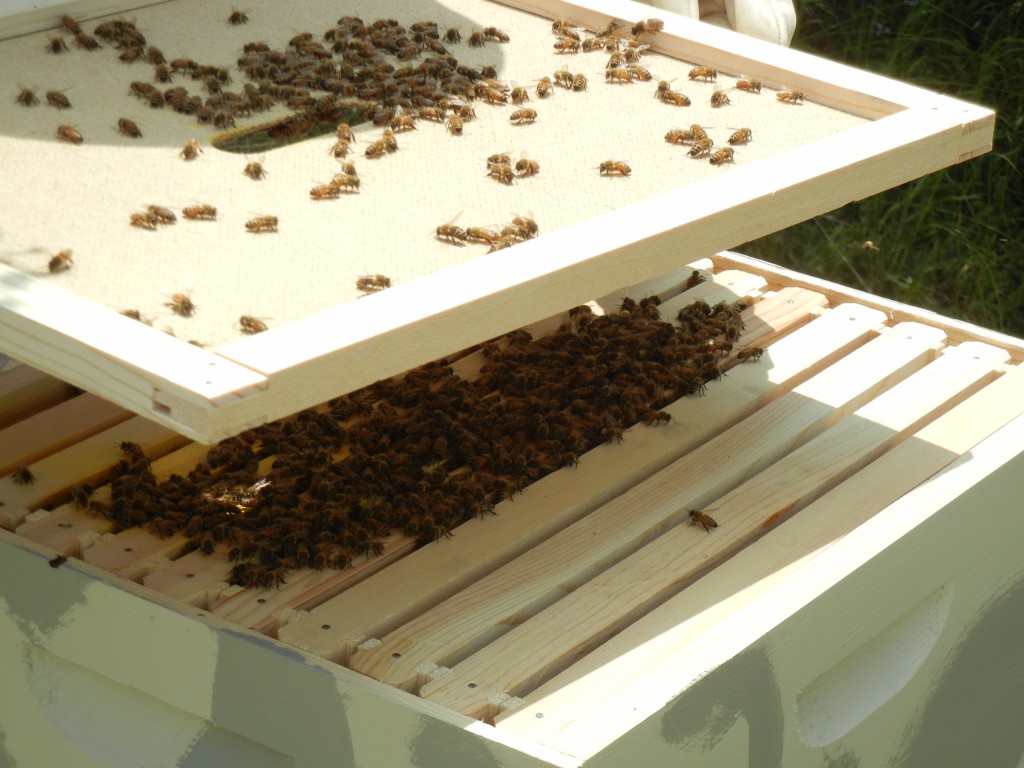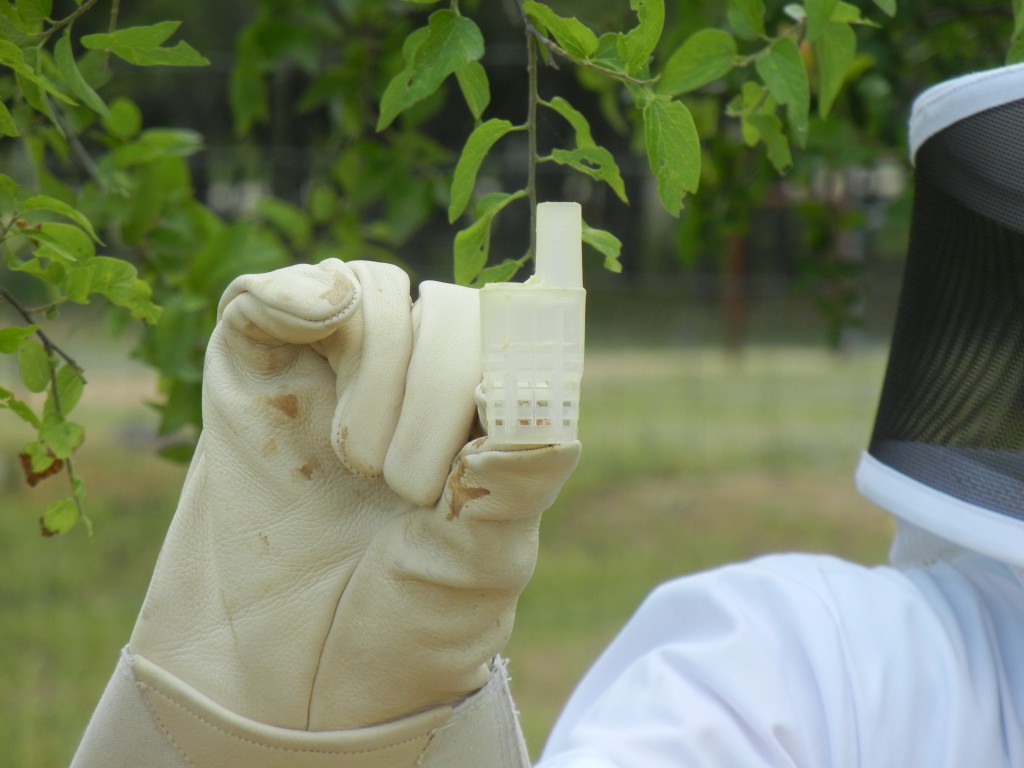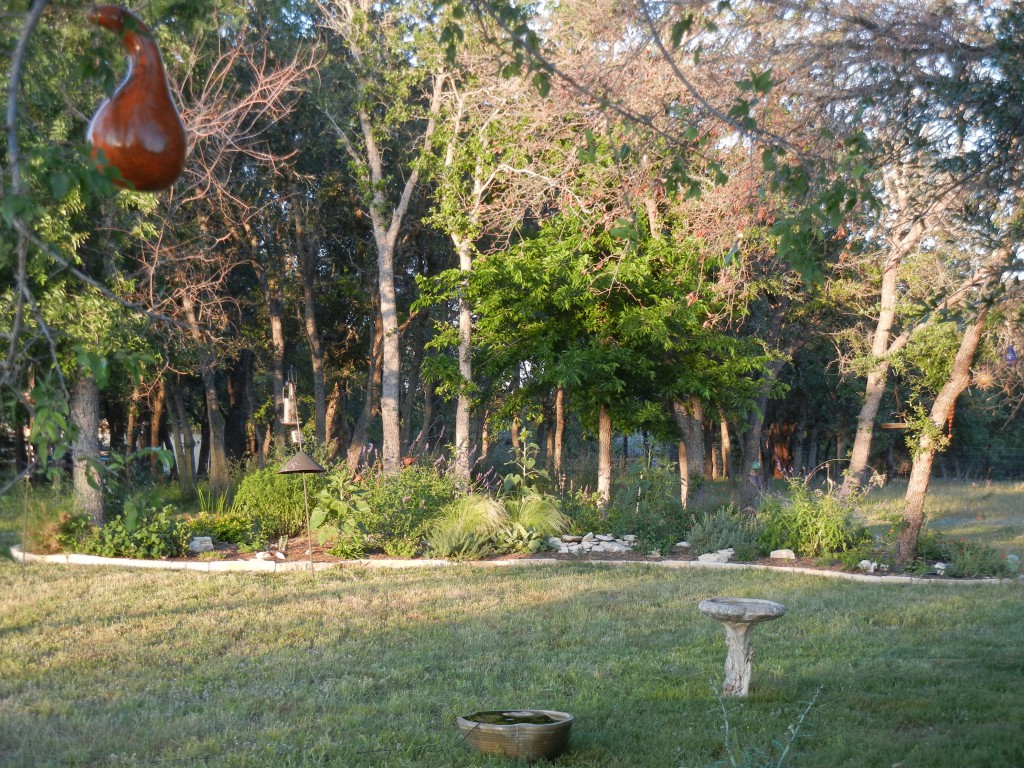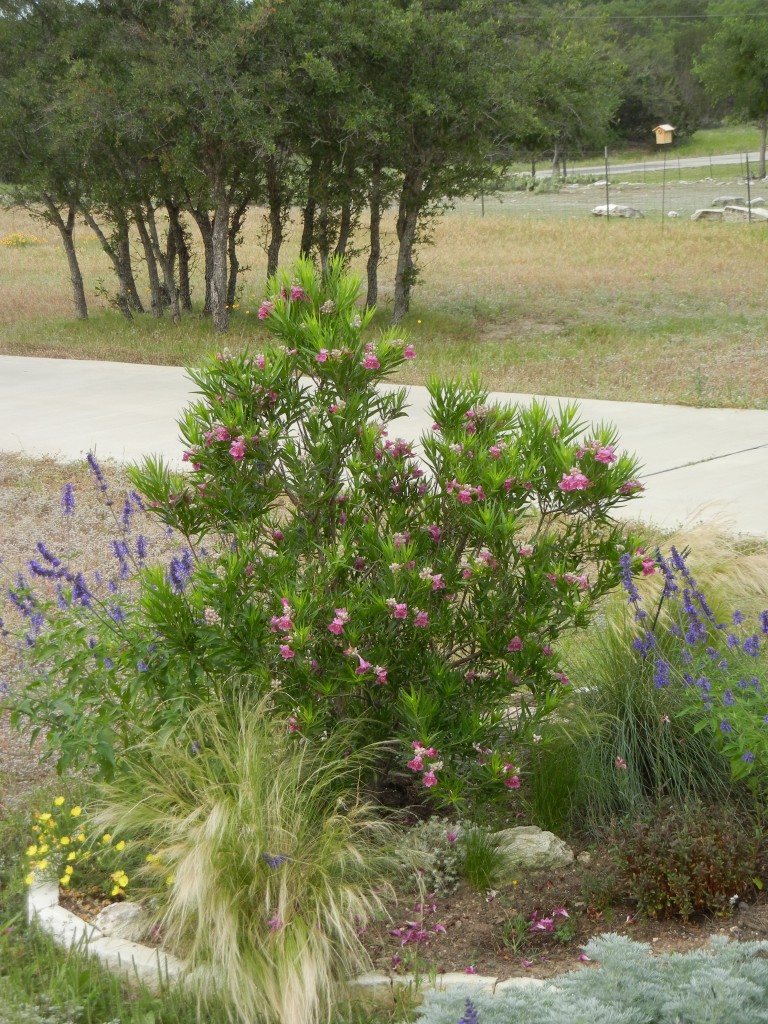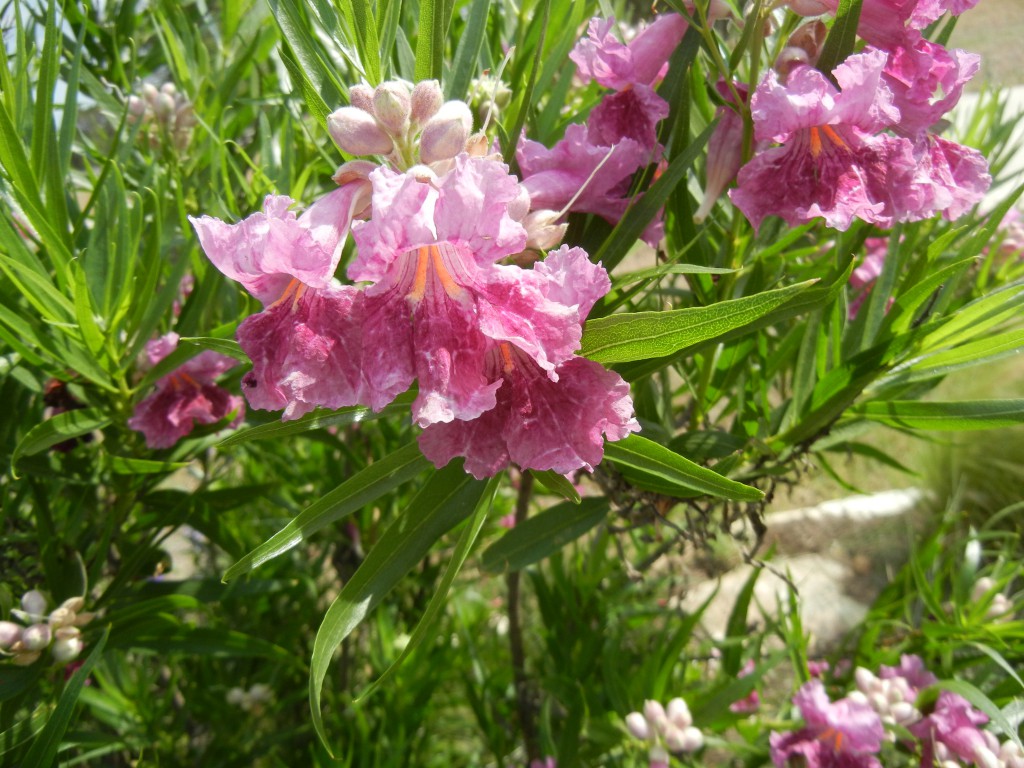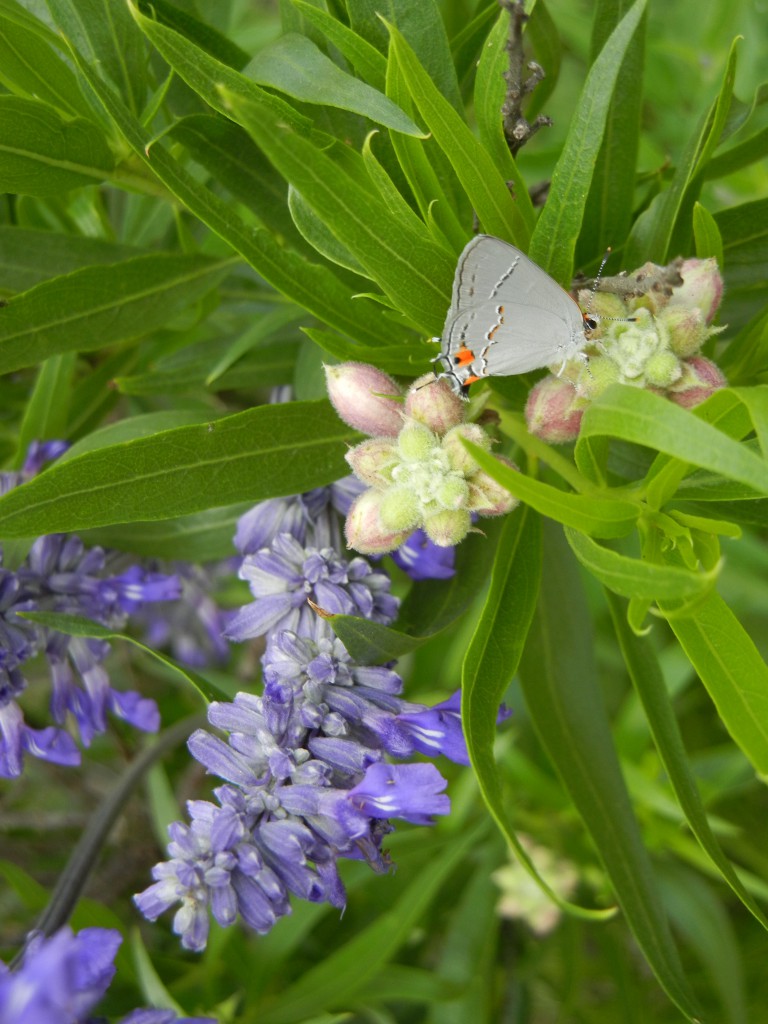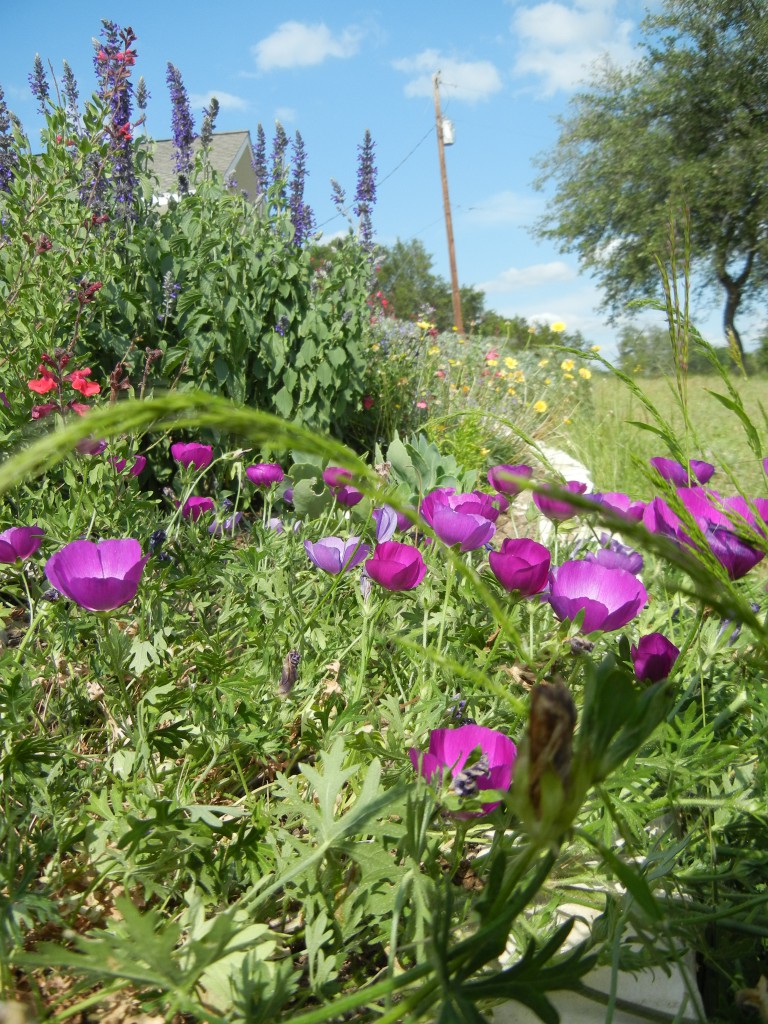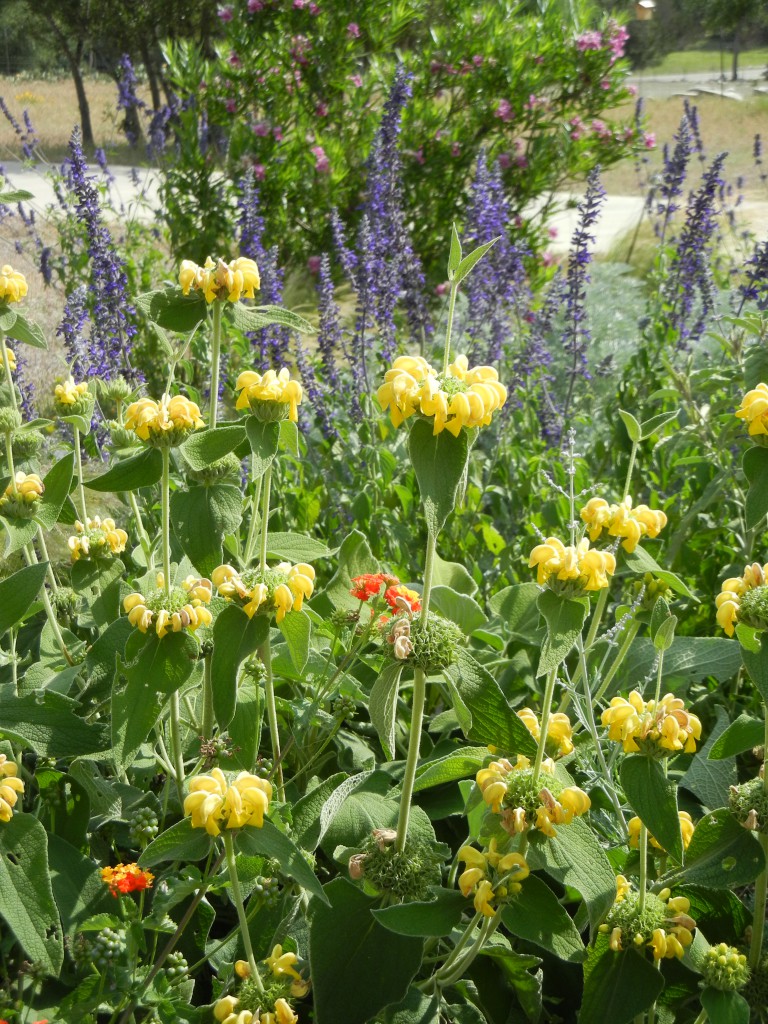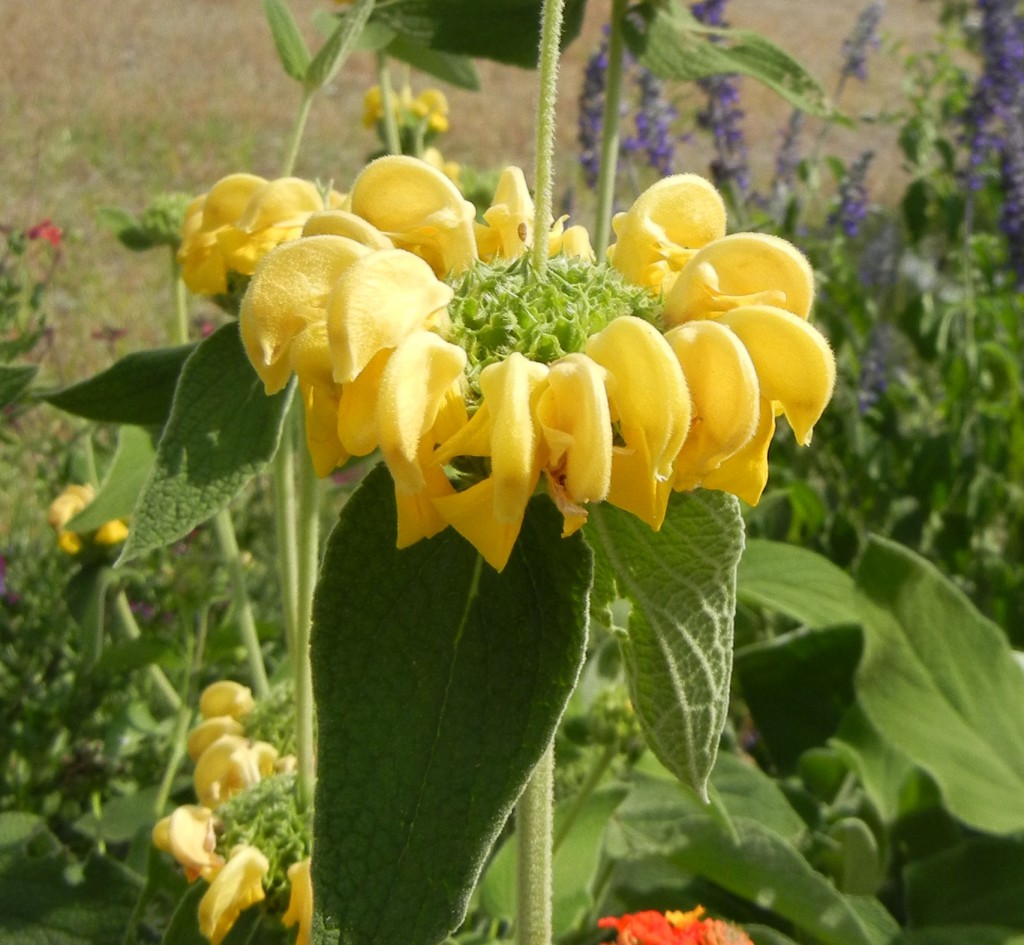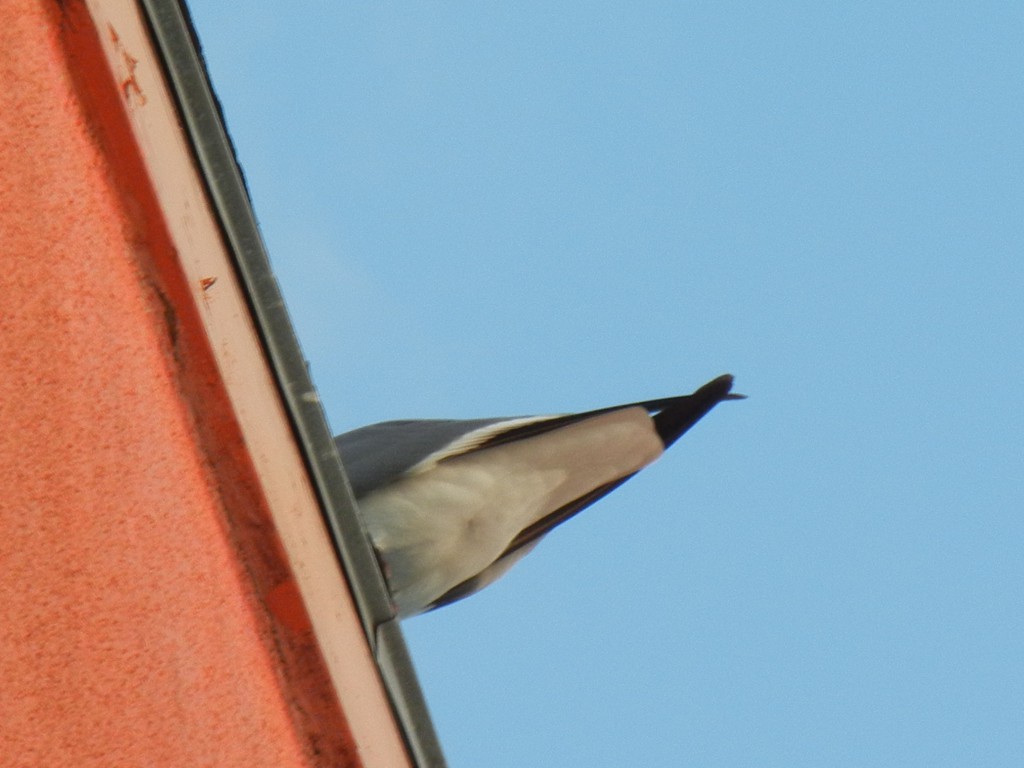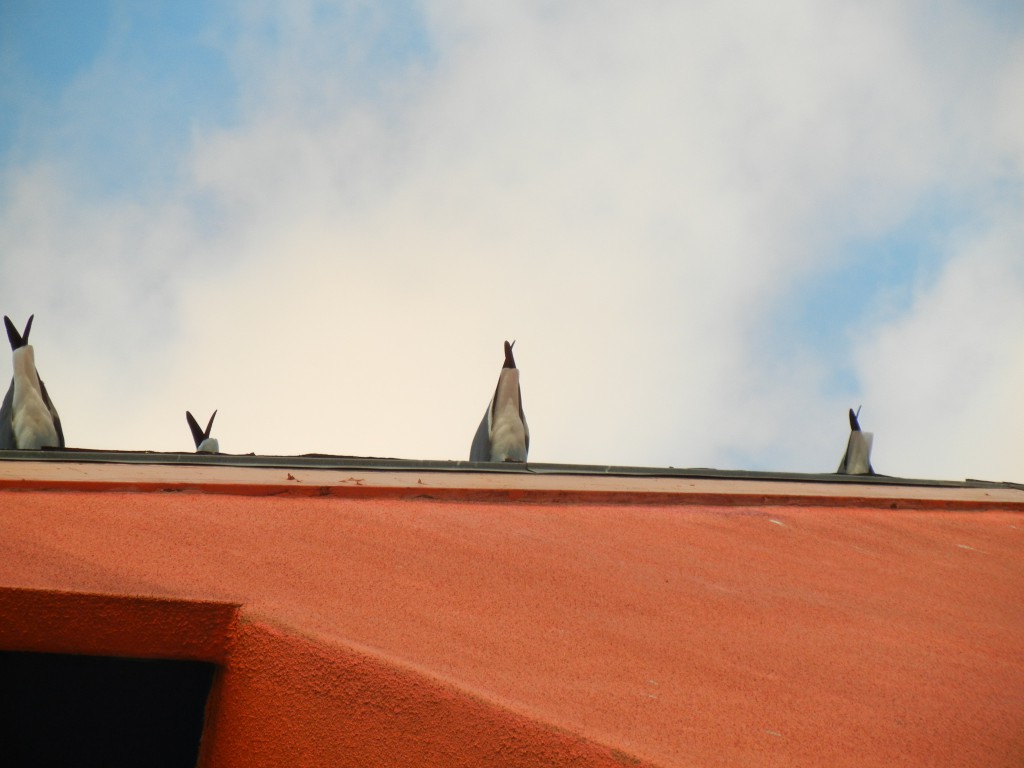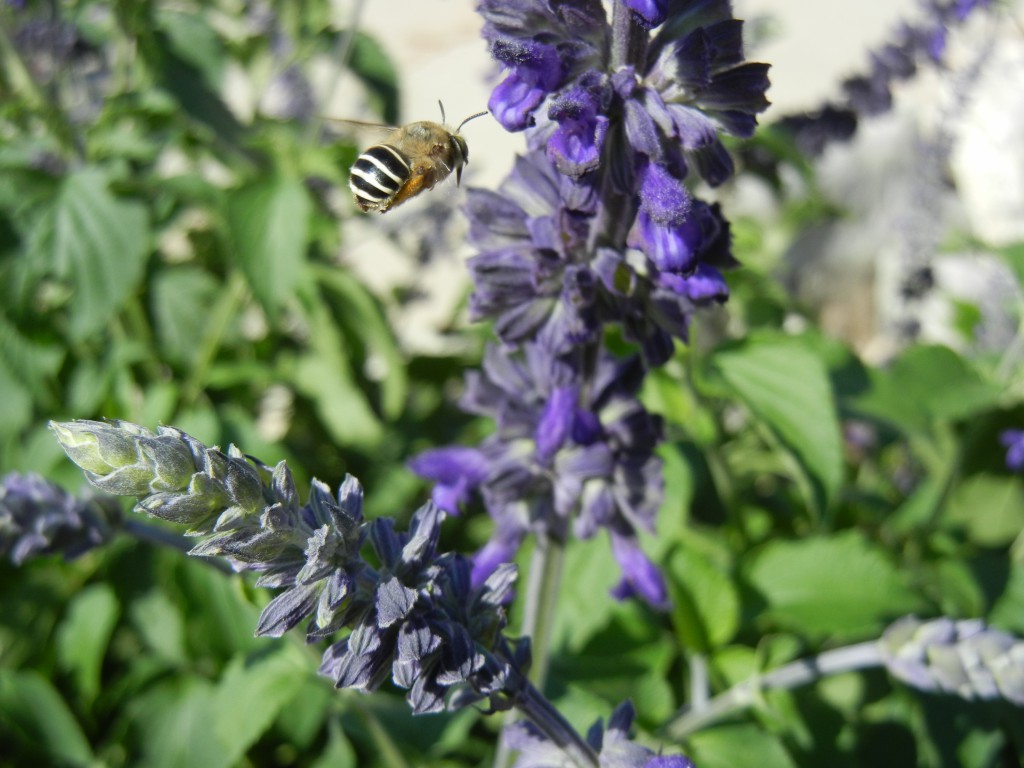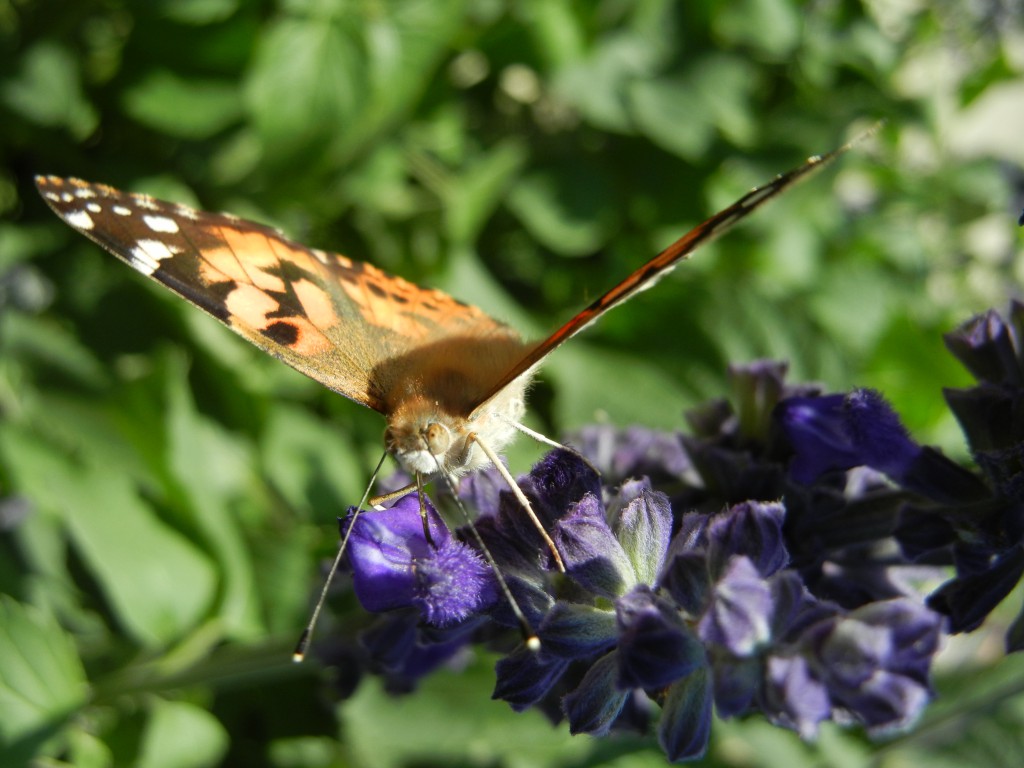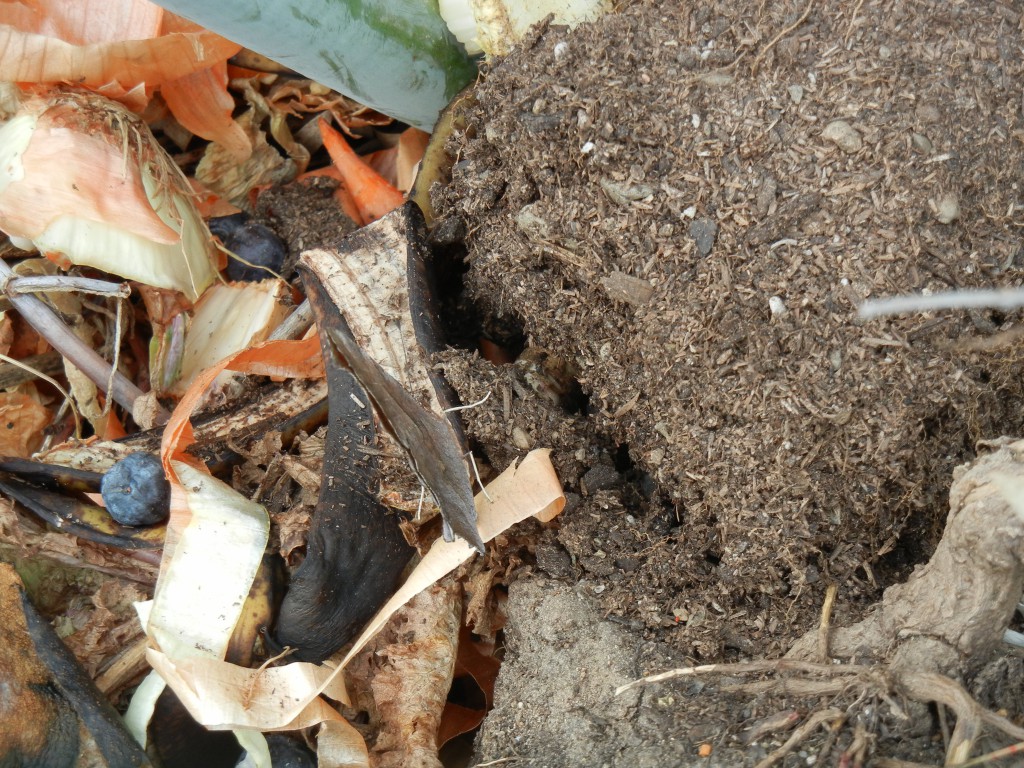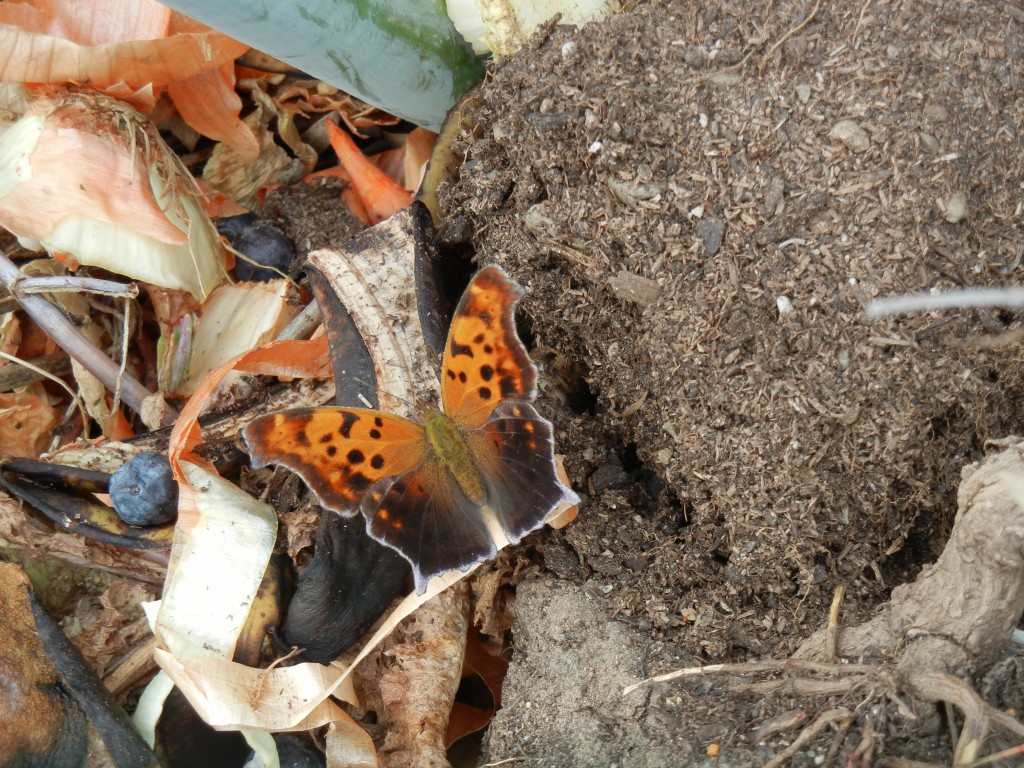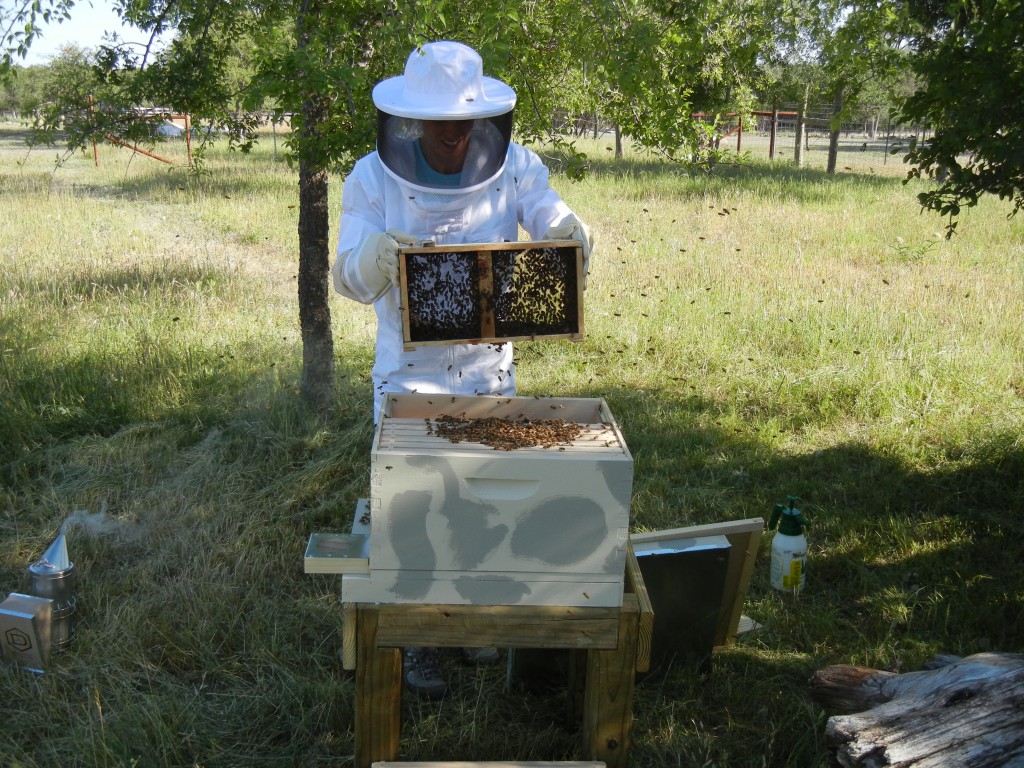 Beekeeping has intrigued me since way back when my grandfather had a few hives on his property. I have great respect for bees. It continues to amaze me at how intelligent the colony is. The way each bee has a job to do and they do that with full commitment. As a unit they get the job done of building combs, raising young, protecting the hive, and collecting food. No backtalk, no fighting…sigh….we humans could learn so much.
Beekeeping has intrigued me since way back when my grandfather had a few hives on his property. I have great respect for bees. It continues to amaze me at how intelligent the colony is. The way each bee has a job to do and they do that with full commitment. As a unit they get the job done of building combs, raising young, protecting the hive, and collecting food. No backtalk, no fighting…sigh….we humans could learn so much.
The biology behind what goes into making honey has always been both complicated and extremely fascinating to me and so I signed up for a beginner beekeeping class back in November. I told myself that if I liked the class I would try to get me some bees!
In February I met a neighbor who is part of a county Beekeeper’s association and invited me to a meeting. Those are just about the friendliest, most helpful and convincing folk I have ever met; and before I knew it I was signed up to receive my first bee package in April. My head was spinning. A mad rush followed with us buying and building all the equipment and setting it up for the special day when I got to pick up my package of bees.

One package of bees = about 10,000 bees.
In the morning we finished painting the hive and set it up in a place facing east, with some shade in the afternoon since Texas summers are so hot.
At 1 pm we went to the bee association farm to collect our bees that had been driven all the way in from Louisiana at 7 in the morning. So they were tired too! They come in these cages, and believe it or not there were some bees on the outside of the cages clinging on all the way from Louisiana. We got a demonstration at the farm, where very patient bee wise-men showed us how to unpack a colony of bees into their new home hive. We stood around without any veil or protective clothing and watched. The bees in this kind of situation are usually not aggressive because most of the bees are not forager bees and they really don’t have any honey (liquid gold) or brood to protect. They are nurse and cleanup bees that do not know how to fly around outside too well yet. So the colony was very calm. Nobody got stung.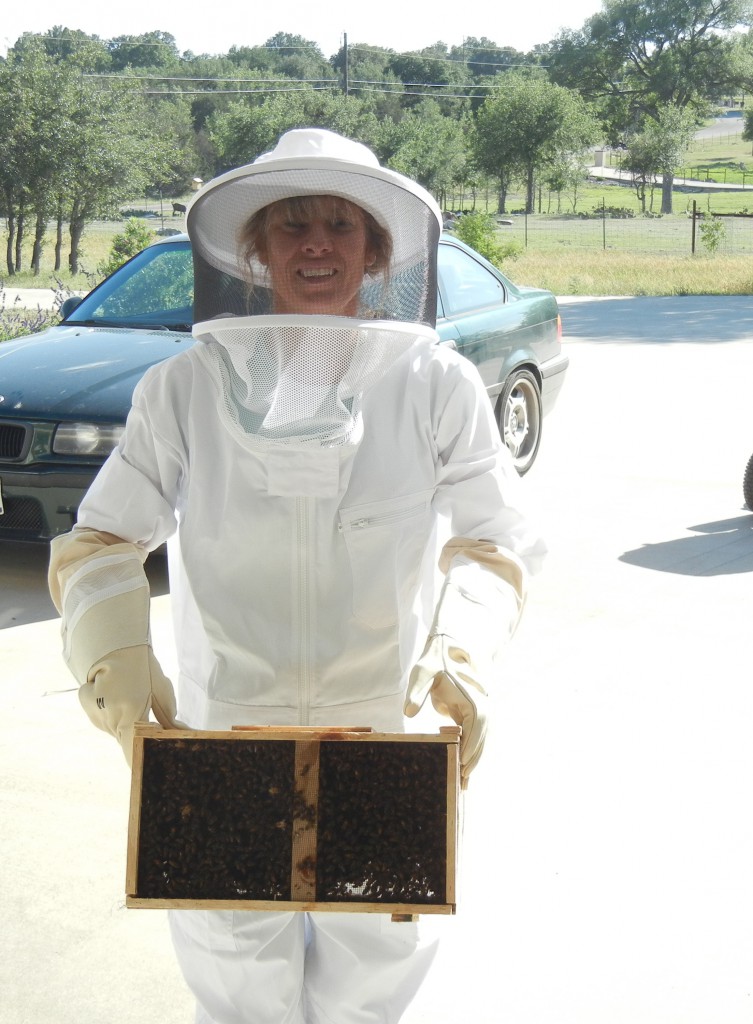 Got home after a car ride of loud buzzing in the back seat and at 5 in the afternoon I geared up to release the colony.
Got home after a car ride of loud buzzing in the back seat and at 5 in the afternoon I geared up to release the colony.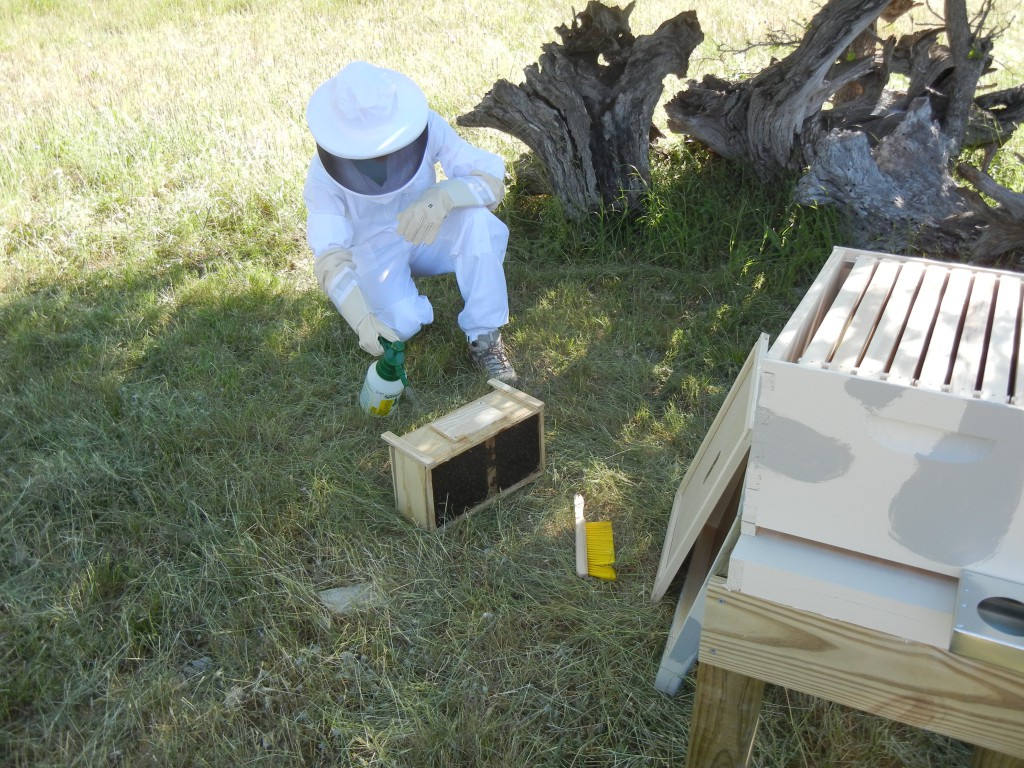 Here the hive is open and ready for the bees. Bees get sprayed down with water so they can’t fly for a couple of minutes as the box gets opened to remove the sugar water and queen.
Here the hive is open and ready for the bees. Bees get sprayed down with water so they can’t fly for a couple of minutes as the box gets opened to remove the sugar water and queen.
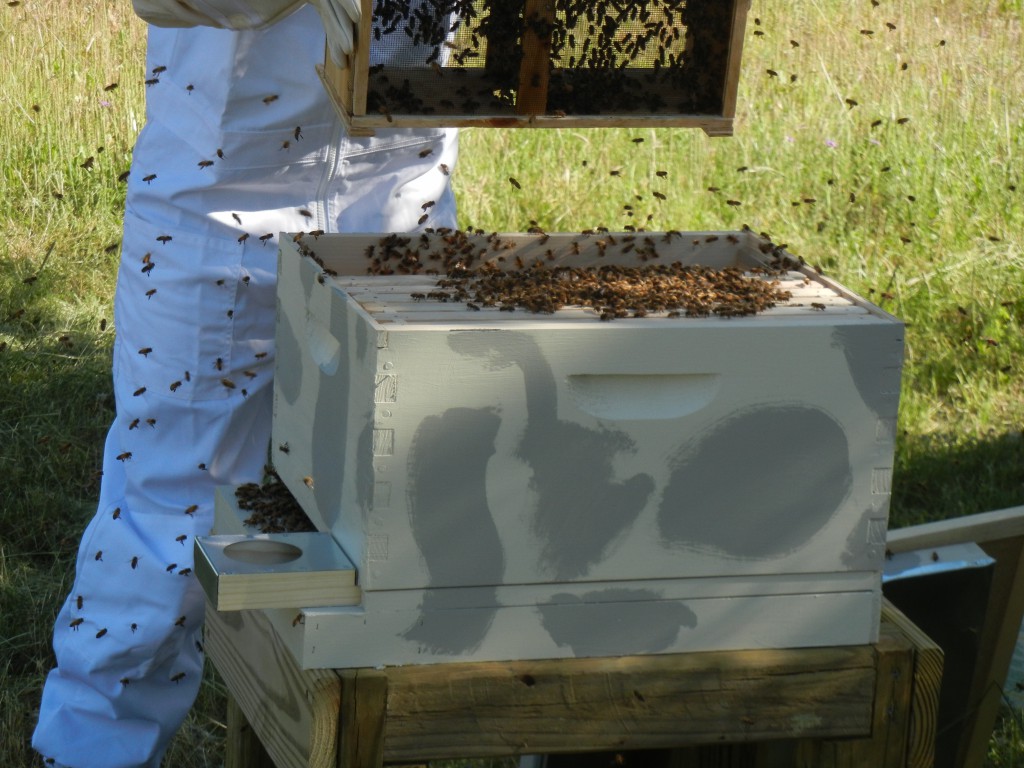 After pulling out the syrup feeder and the queen (who is located in a special cage so the bees do not harm her in transit), and placing her in the hive, just shake, shake and shake all those bees into the hive. The buzzing gets to be even more intimidating at this time. Keep shaking! Till most of the bees are in the hive.
After pulling out the syrup feeder and the queen (who is located in a special cage so the bees do not harm her in transit), and placing her in the hive, just shake, shake and shake all those bees into the hive. The buzzing gets to be even more intimidating at this time. Keep shaking! Till most of the bees are in the hive.
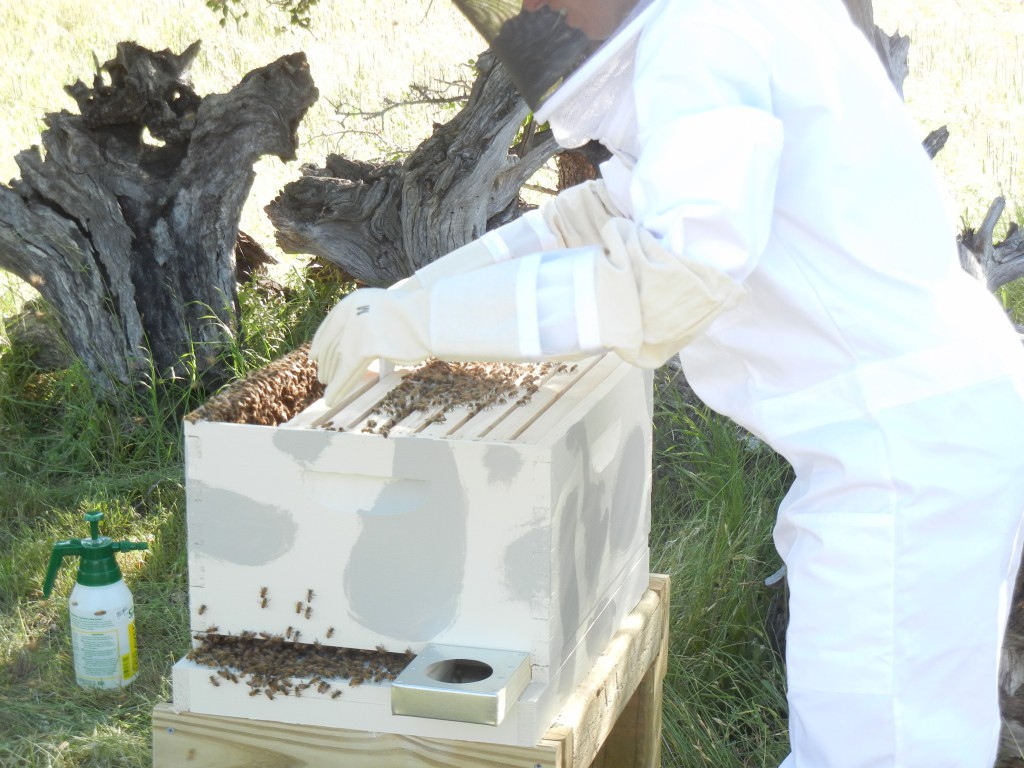 Now that’s a lot of bees!! See them making their way out of the bottom?
Now that’s a lot of bees!! See them making their way out of the bottom?
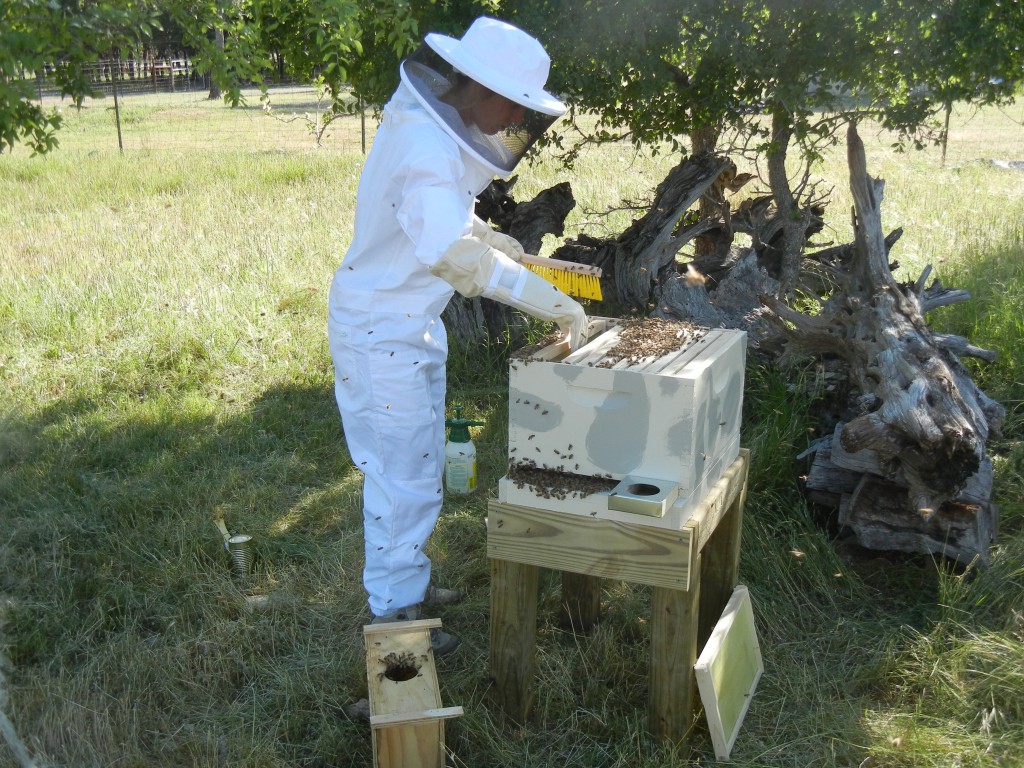 Brush the bees down so the lid can get on top without squishing too many bees. Come on girls – Move!
Brush the bees down so the lid can get on top without squishing too many bees. Come on girls – Move!
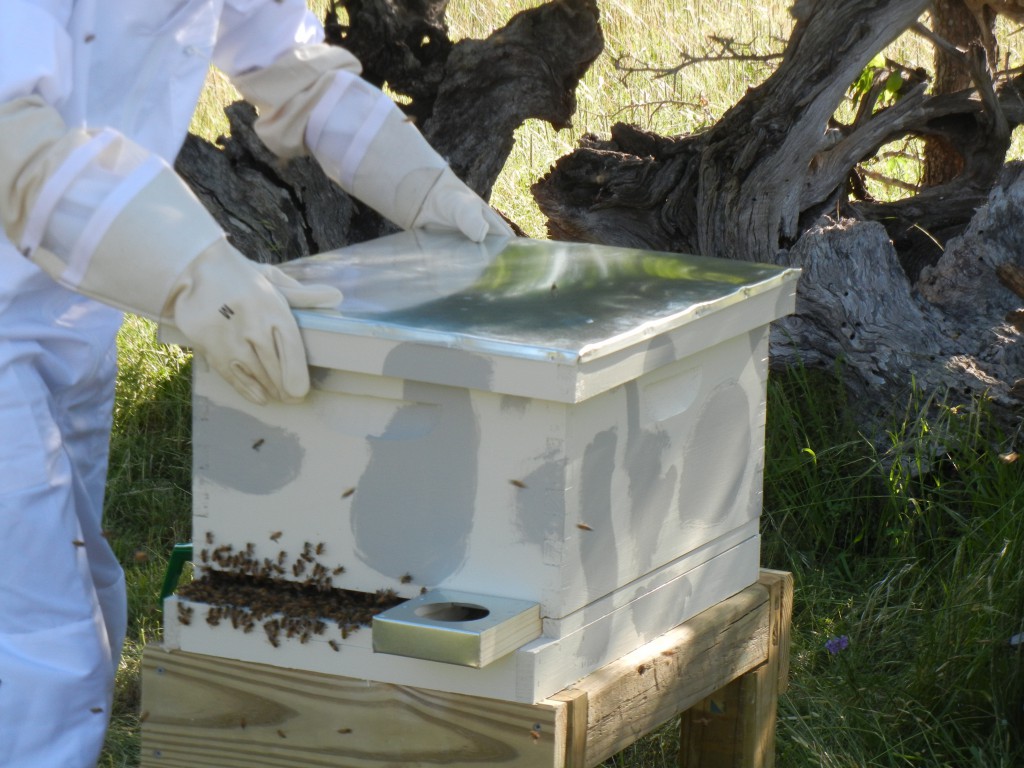 And Whew! The lid is on.
And Whew! The lid is on.
Now all it takes is adding some syrup water in the feeder and closing off the entrance a little so there is only a small entrance and all is done. In a week I will be opening up the hive again to make sure the bees have chewed through the candy cage the queen was in to release her. The cage protects the queen from the other bees as they will try to kill her until they get used to her scent. They will start chewing through the candy cage to get at her which will take a couple of days – just enough time for the bees to get used to the queen’s scent so that they will accept her and she can go ahead and lay those eggs. I wish the hive well. They will need all the luck since I am a novice ‘Beek’.
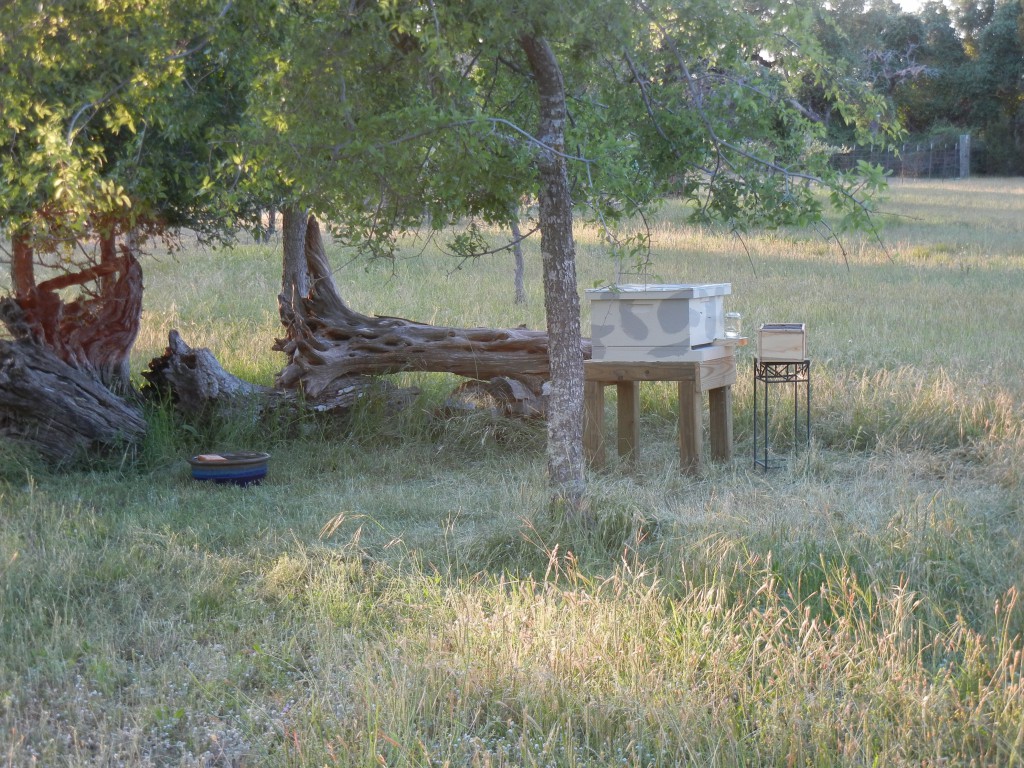 A completed hive, in afternoon shade. I can’t help worrying about them: Is the queen still alive? Did I accidentally squish too many bees? Will they be OK? Nothing like worrying about a swarm of insects to keep you up at night….
A completed hive, in afternoon shade. I can’t help worrying about them: Is the queen still alive? Did I accidentally squish too many bees? Will they be OK? Nothing like worrying about a swarm of insects to keep you up at night….
 Around the outside of the egg cells were cells filled with orange-yellow pollen and some liquid honey looking substance. Honey is not technically honey until the cell is capped. It starts out as nectar. To prepare for storage, the bees will fan their wings over the nectar filled cells to evaporate and thicken the honey. (Nectar is 80% water and honey is about 14-18% water.) Only then will they cap it. I find it incredible that the bees know exactly when the honey is at the correct water percentage. This is the miracle of nature. No special electronics and gadgets needed – just the ones nature gave them. Ingenious.
Around the outside of the egg cells were cells filled with orange-yellow pollen and some liquid honey looking substance. Honey is not technically honey until the cell is capped. It starts out as nectar. To prepare for storage, the bees will fan their wings over the nectar filled cells to evaporate and thicken the honey. (Nectar is 80% water and honey is about 14-18% water.) Only then will they cap it. I find it incredible that the bees know exactly when the honey is at the correct water percentage. This is the miracle of nature. No special electronics and gadgets needed – just the ones nature gave them. Ingenious.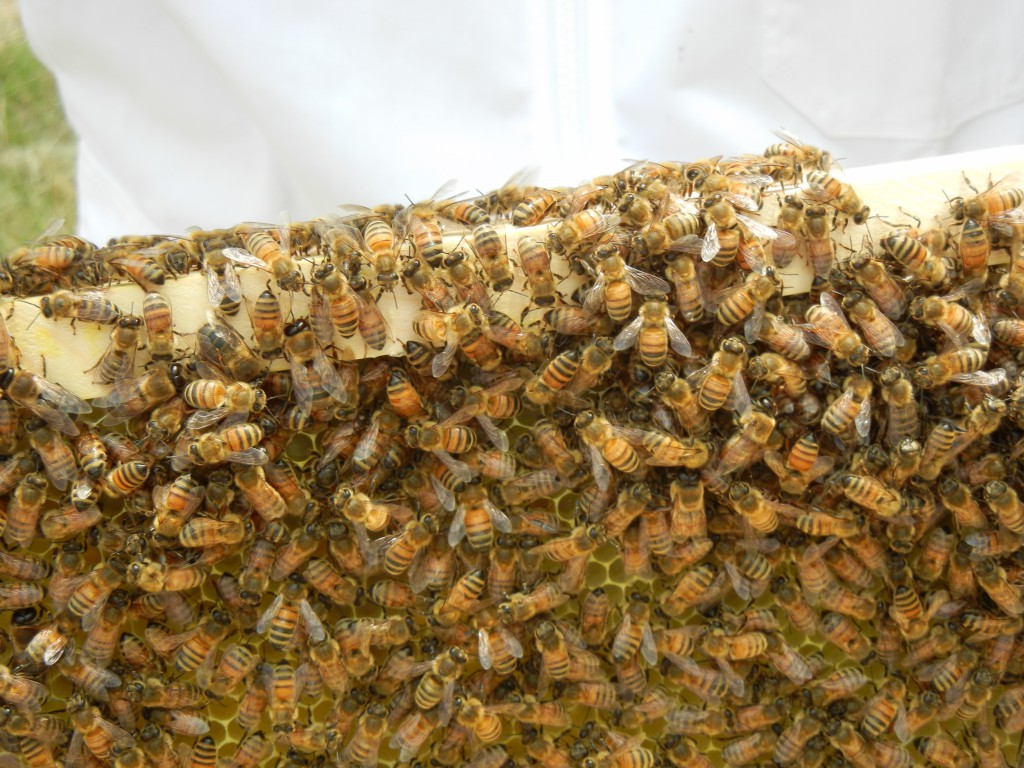 After inspecting and making sure all is well, it’s time to gently close up the hive again. Then I get to anxiously wait 11 long days to snoop on the hive again. Patience!
After inspecting and making sure all is well, it’s time to gently close up the hive again. Then I get to anxiously wait 11 long days to snoop on the hive again. Patience!